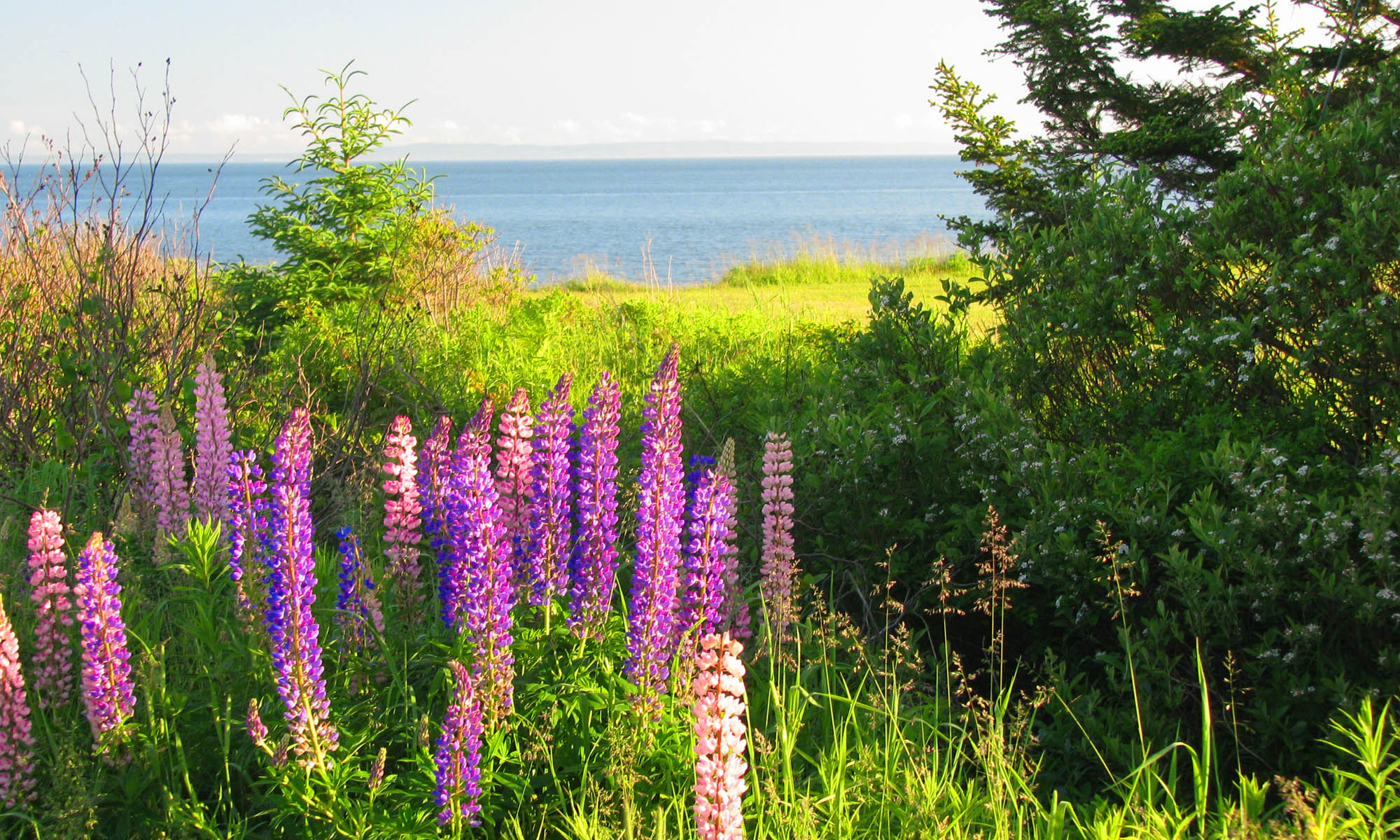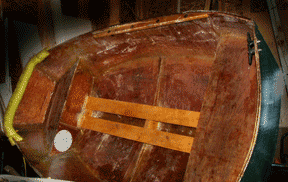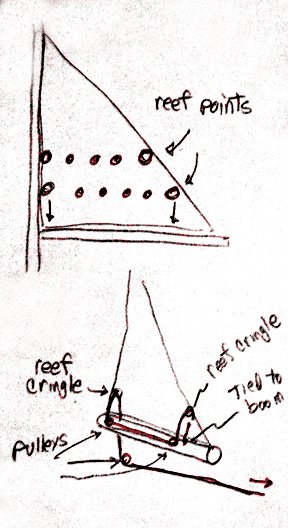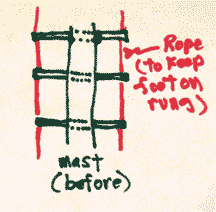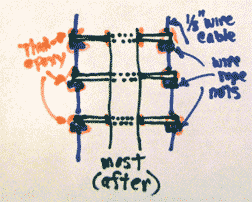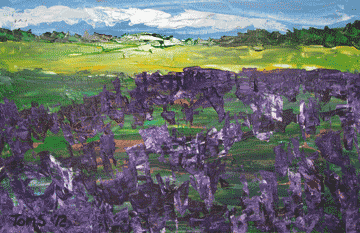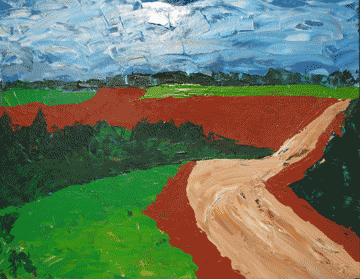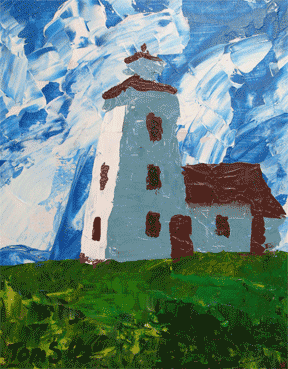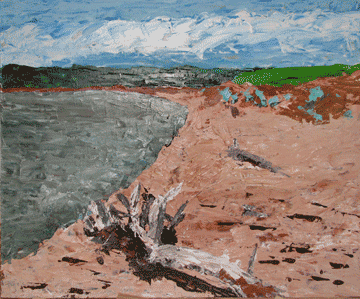I watch the statistics of the four web/blog sites I maintain on a sporadic basis…I don’t have much to sell and it doesn’t really matter except that one likes to think there are some folks ‘out there’ who occasionally visit without trying to send a Viagra link. Google Analytics is running and can tell me more than I could ever want to know, but lurking on the bottom of each page is a plugin that simply counts visits…called hits…which was all I had on my first site a decade ago. Back then the count went up by a few hundred a month, so I thought I would see what is happening now. All the sites except C and the 8051 began about mid-March, so the counter may have been running for 5 1/2 months. The totals are as follows:
- Wood Islands Prints 1062 hits = 193 hits/month
- Wood Islands Sailing 1239 hits = 225 hits/month
- Revisiting Scripture 694 hits = 126 hits/month
- C and the 8051 2191 hits = 398 hits/month
So the old site…transformed into a blog…continues to get a high number of hits even though I only rarely post new blogs. I like to believe the folks going there are actually buying the book, and my data shows a few 10s of books do sell each month. The sailing blog probably has the large number of hits due to several links on Duckworks…that forum has a high number of followers who follow the links Chuck suggests. But the last two blogs have me confused…disappointed. Wood Islands Prints is the title for my publishing ‘business’ and has random bits about web blogs, marketing, publishing, photography, and painting. It is a sort of home base for everything else. But the blog I have been really hoping to see prosper is the last one…Revisiting Scripture. It seems to have the fewest hits despite efforts to cross-link with similar sites and relatively frequent postings. I knew I would have to find a market for the book by that name, but the blog doesn’t seem to be doing it. Perhaps it shows how a niche market is much more difficult to address.
[Incidentally, the hit numbers include my almost-daily visits to remove spam and check for comments, so the hits/month ought to be reduced by about 30!]
